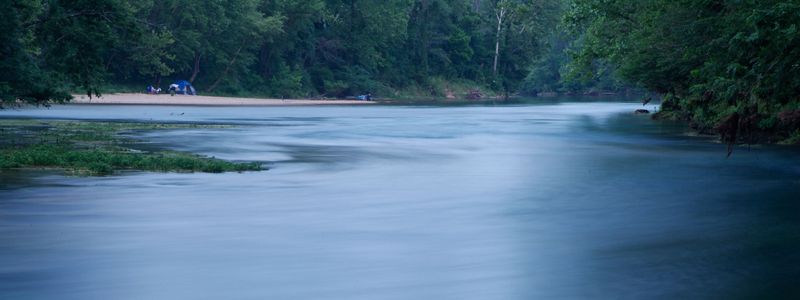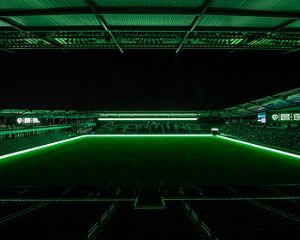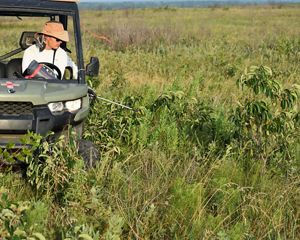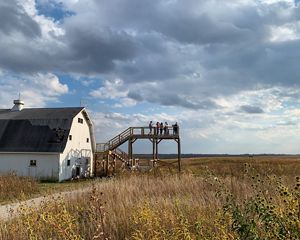It’s in Our Nature: A Podcast Celebrating the Connection Between People and Nature
We’re sharing inspiring stories and lifting up the people and partners making a difference in conservation in Missouri and beyond.
It’s in Our Nature is a podcast that shares inspiring stories and highlights Missourians who are making a difference in our communities and conservation at large.
“I feel fortunate that on a regular basis, I get to be deeply involved in conversations with partners, organizations and colleagues celebrating the large and small wins of our work,” said Adam McLane, Missouri state director—and host of the podcast. “We hope you enjoy this dive into some of those conversations.”
Check back for new episodes or subscribe with one of our podcast hosts to be notified when a new episode is added.
It's in Our Nature - Episode List
-
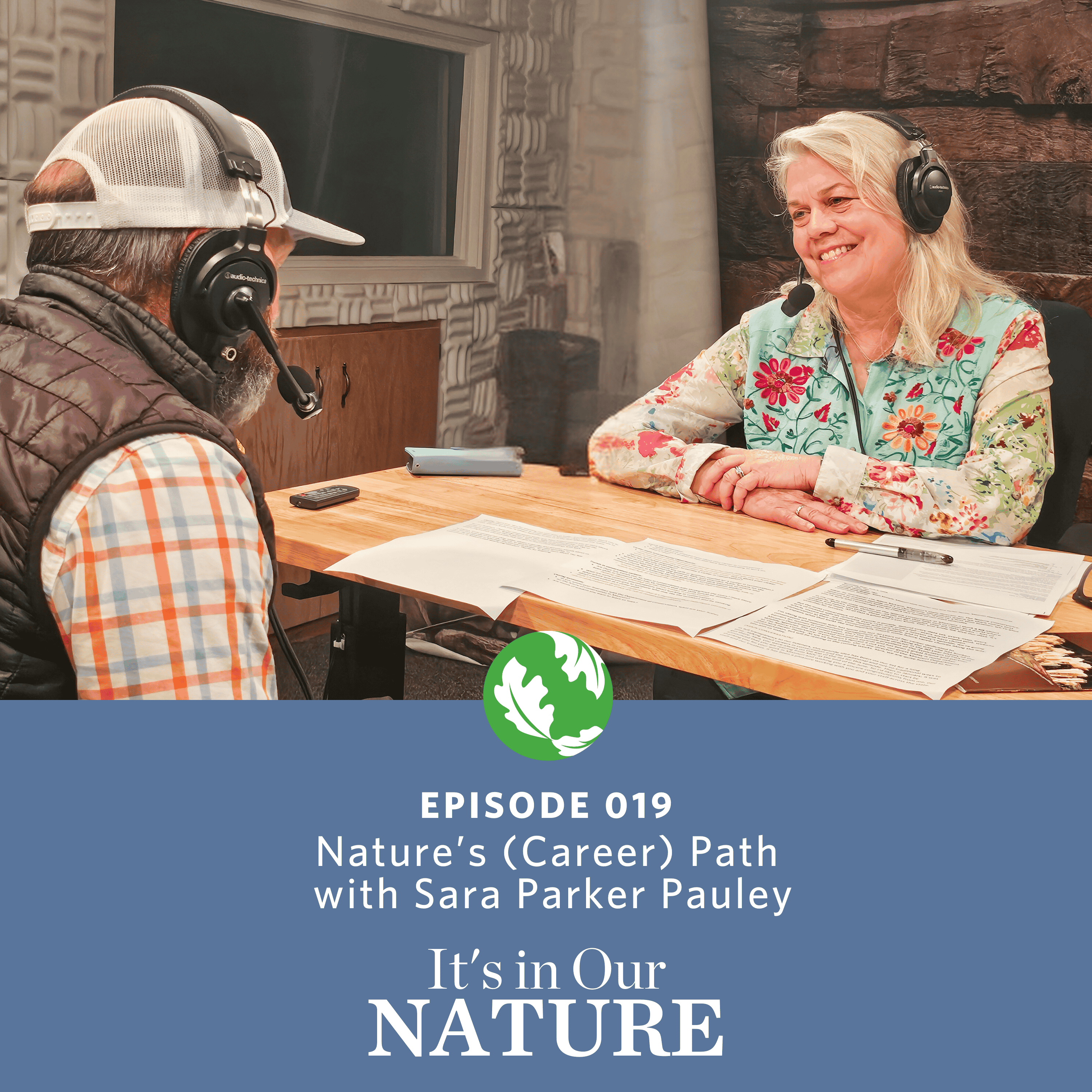
Nature’s (Career) Path with Sara Parker Pauley
Sara Parker Pauley’s path to becoming the first woman to lead the Missouri Department of Conservation didn’t start where you might expect. Listen as she joins Adam McLane to talk about careers in conservation and her journey to MDC. Start Streaming
-
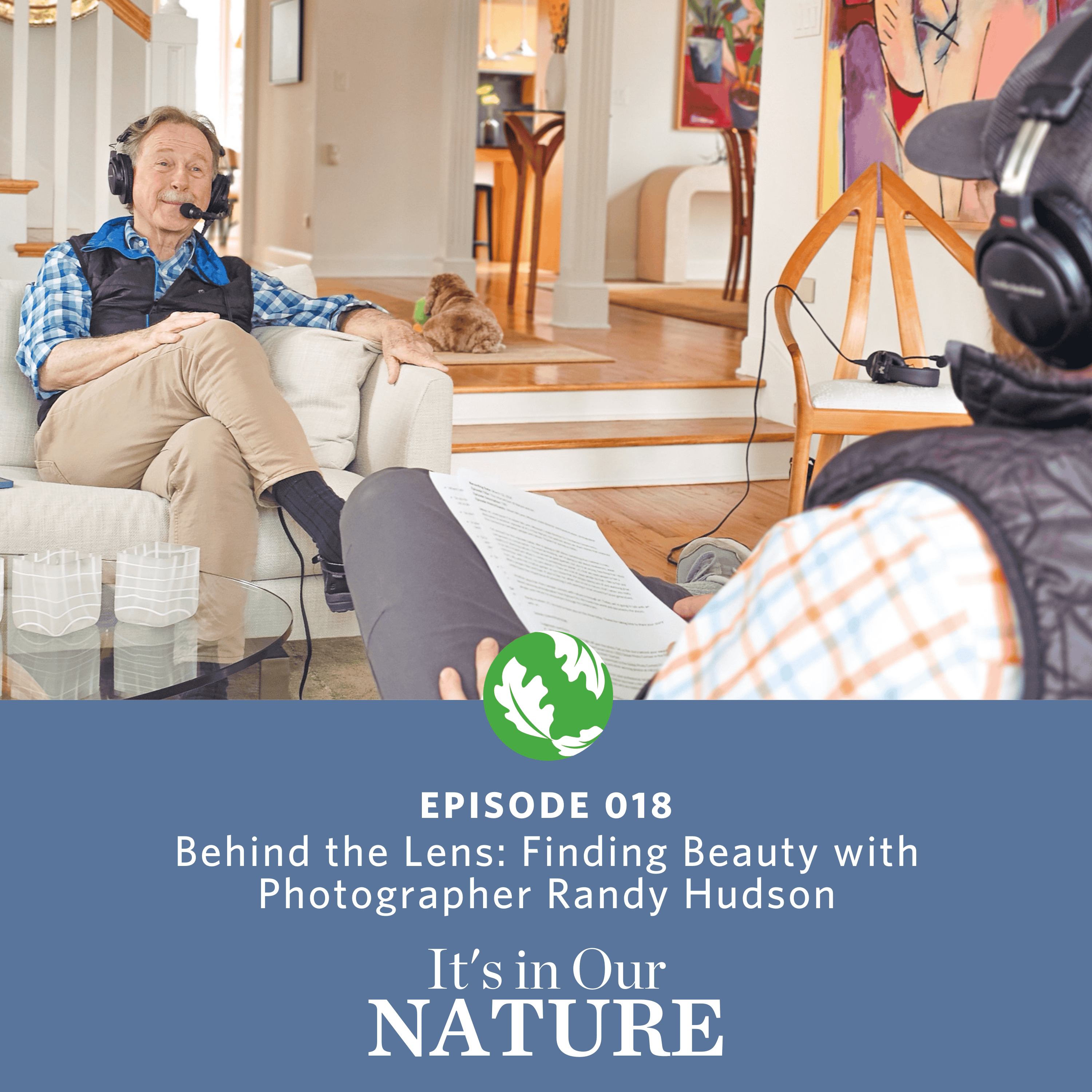
Behind the Lens: Finding Beauty with Photographer Randy Hudson
Curiosity about people and nature has taken Kansas City-based photographer Randy Hudson around the world. He offers practical tips for getting started and describes the methods and philosophy behind his award-winning images. Start Streaming
-
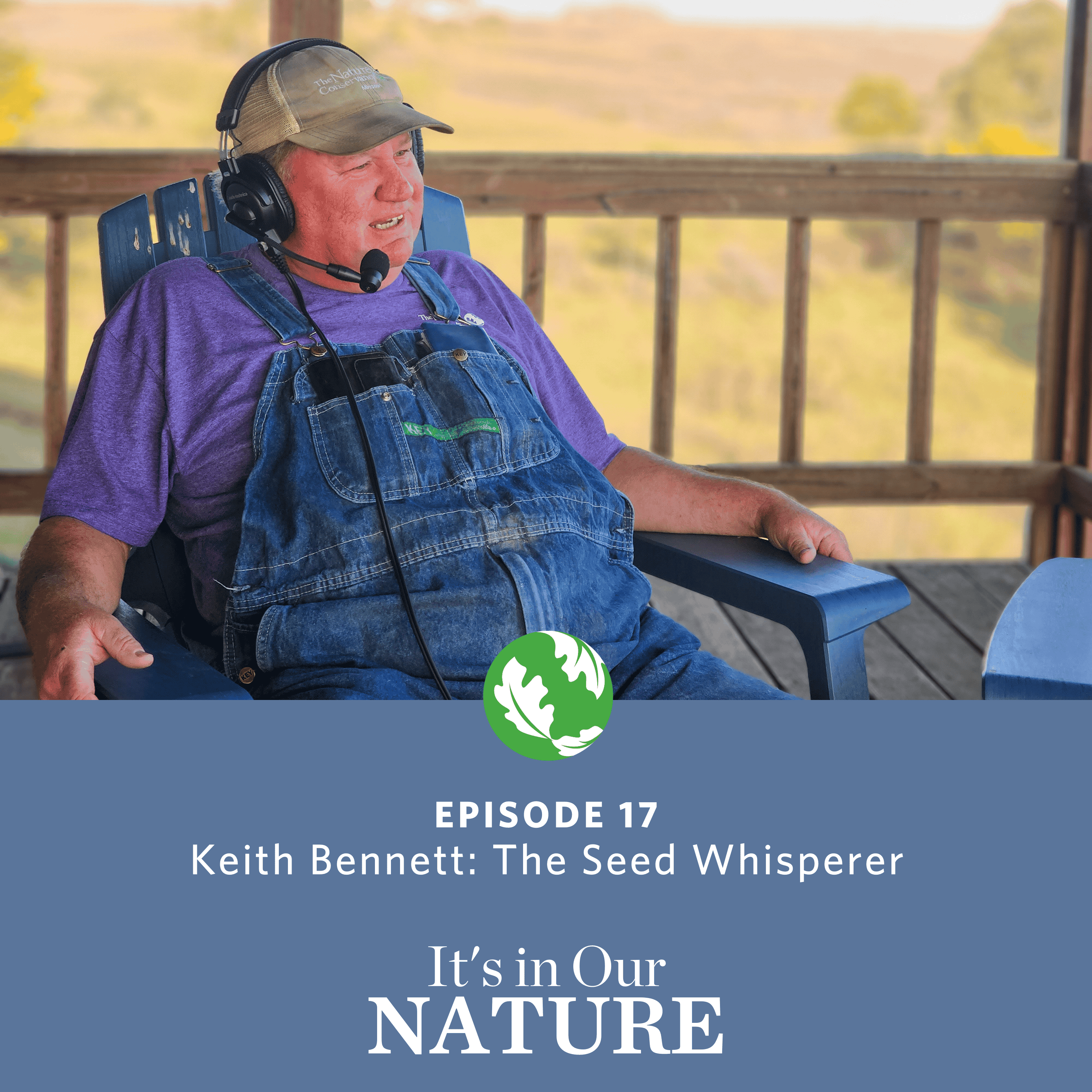
Keith Bennett: The Seed Whisperer
Keith Bennett, our candidate for the World's Most Interesting Man, chats with Missouri State Director Adam McLane about the origins of his nickname, mushroom hunting and how he learned all those Latin plant names. Start Streaming
-

2023 Year in Review
Wow, what a year! Missouri State Director Adam McLane recaps seven highlights from a packed twelve months. If you want to catch up on what TNC is doing in Missouri, from new Habitat Strike Teams to hosting tarantula research, have a listen. Start Streaming
-
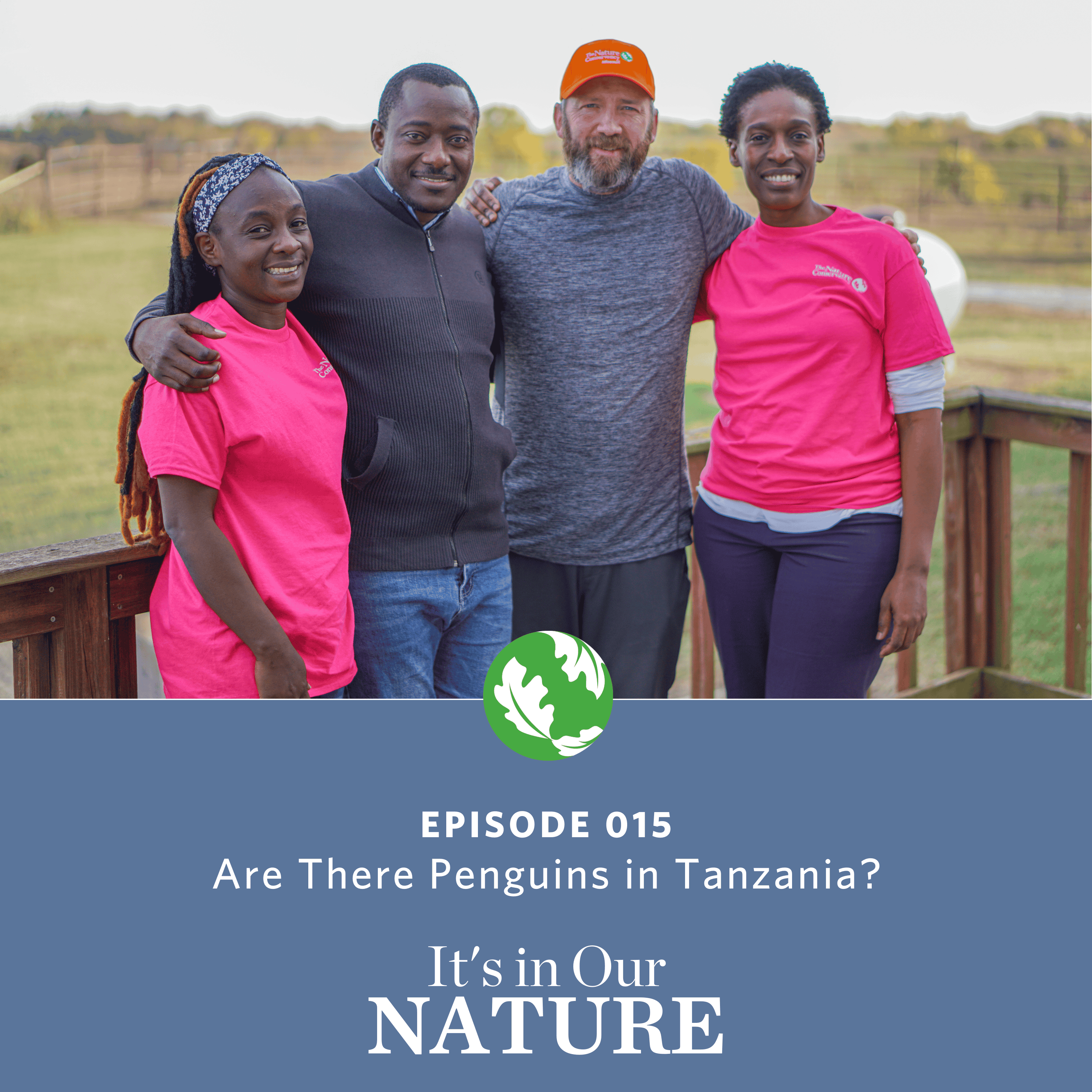
Are There Penguins in Tanzania?
Adam McLane sits down with TNC Tanzania staff, Lucy Magembe, Alphonce Mallya and Lucy Mlagala to talk about the budding connection between the Missouri and Tanzania programs, the poster of nature and why everyone should visit Tanzania. Start Streaming
-
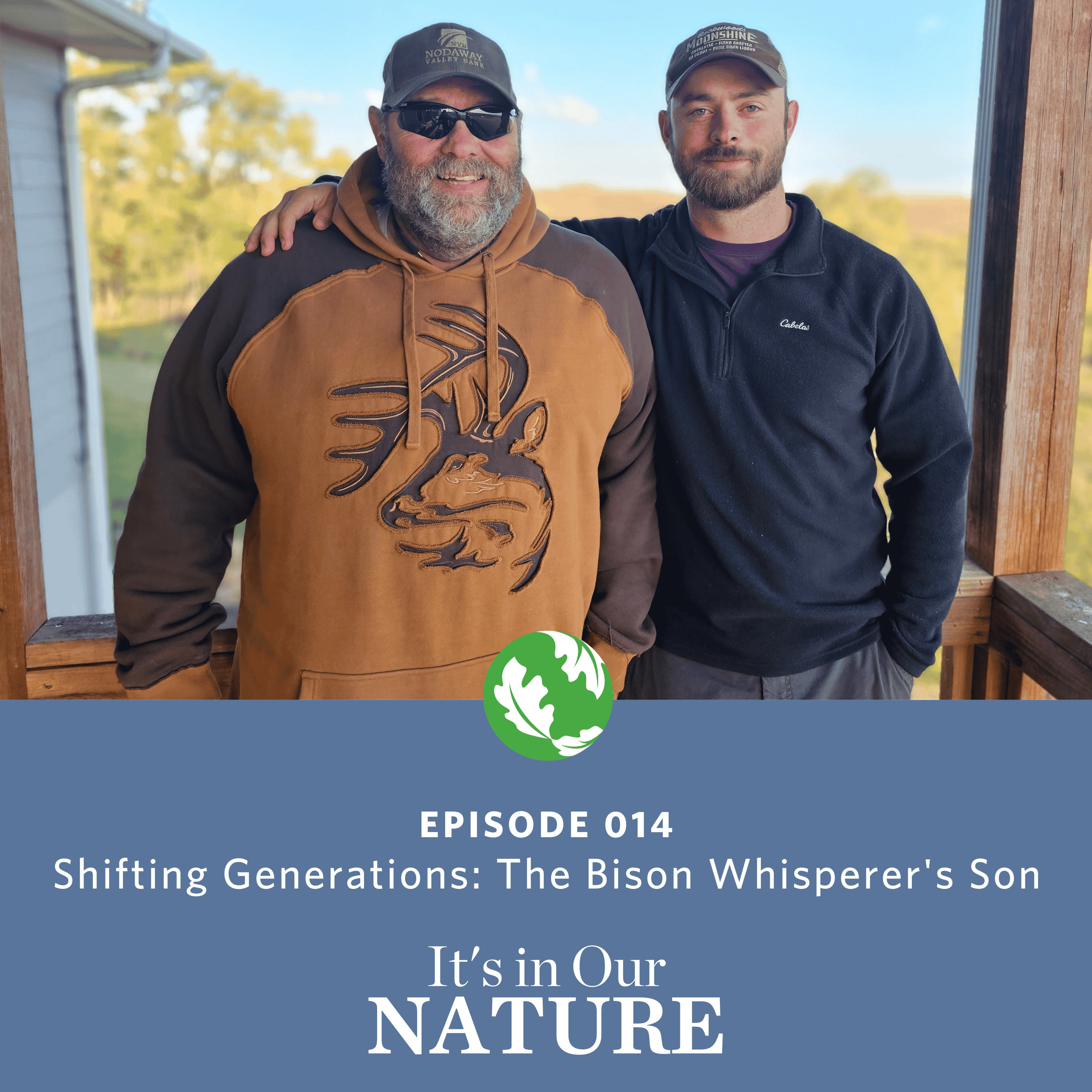
Shifting Generations: The Bison Whisperer's Son
Brett Perkins is part of a younger generation of TNC staffers in Missouri, but his history runs deep. His dad, Dennis Perkins, helped introduce bison at TNC's Dunn Ranch Prairie more than a decade ago. Join us for a chat with Dennis and Brett. Start Streaming
-
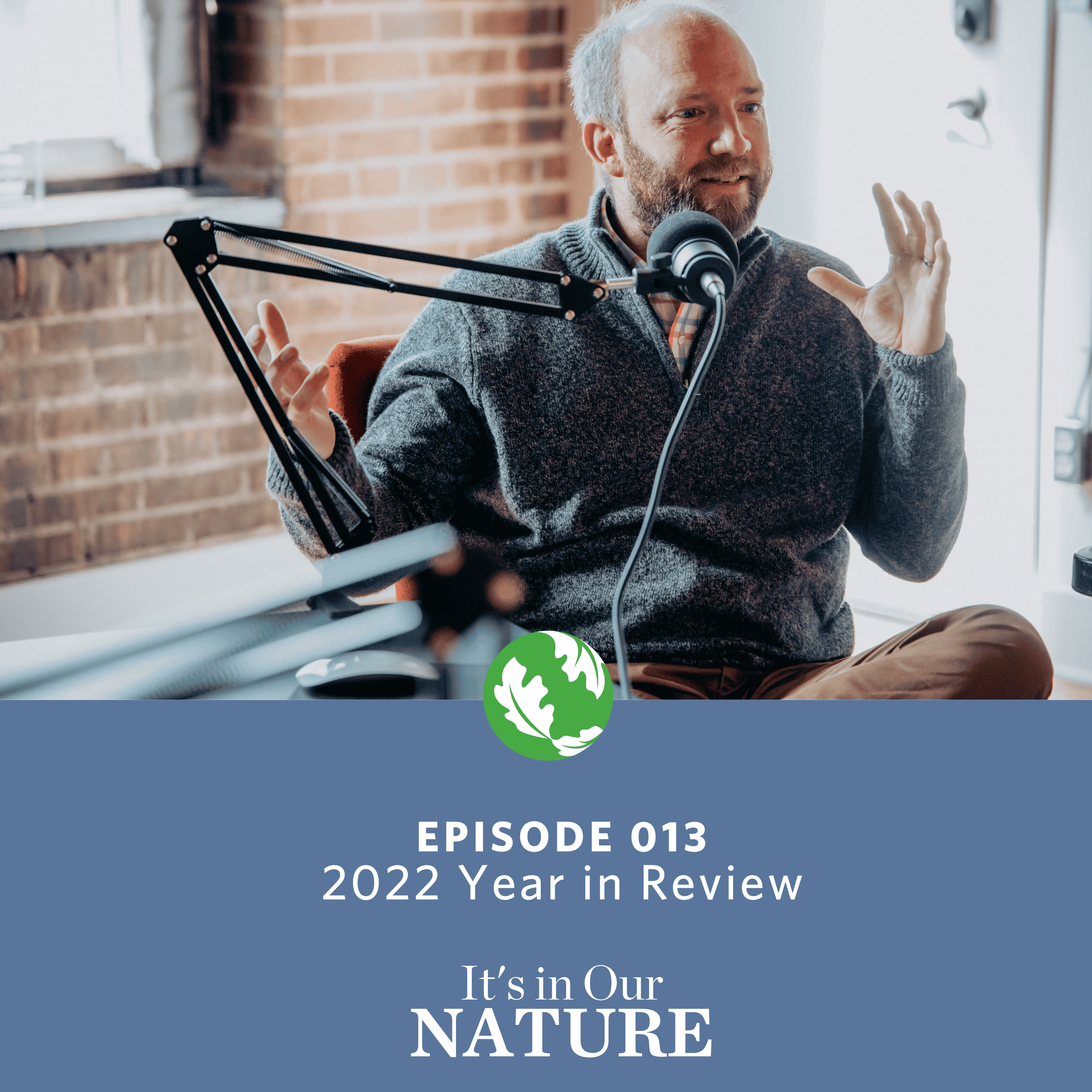
2022 Year in Review
In this episode, Missouri State Director Adam McLane recaps seven highlights of 2022. It's far from everything that happened, but it's a great reminder of how your support helps people and nature thrive. Start Streaming
-
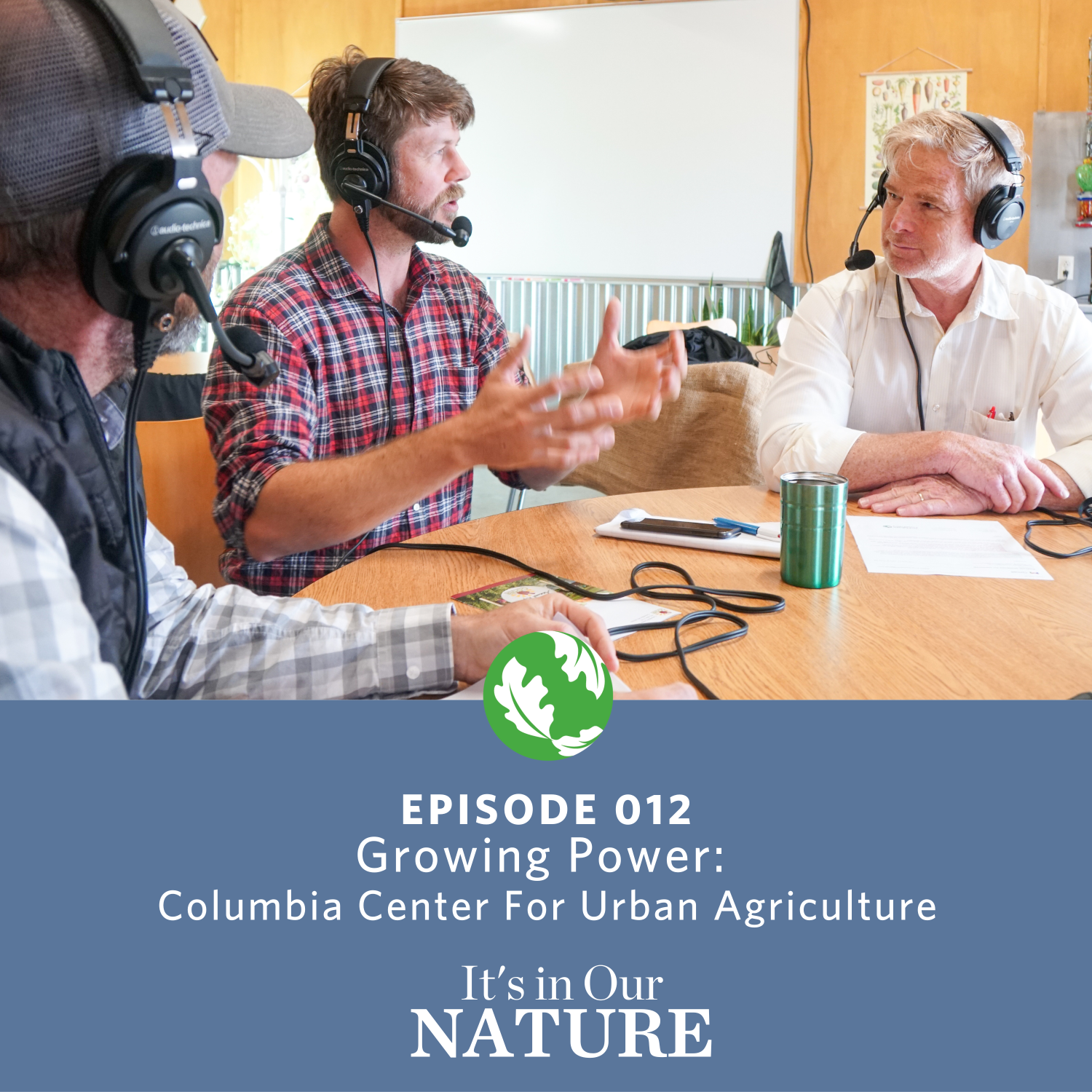
Growing Power: Columbia Center for Urban Agriculture
CCUA co-founder, Adam Saunders and board member, Robbie Price join the podcast to talk about the power of gardening. Learn how a composting program started by University of MO students grew into a multimillion-dollar force. Start Streaming
-
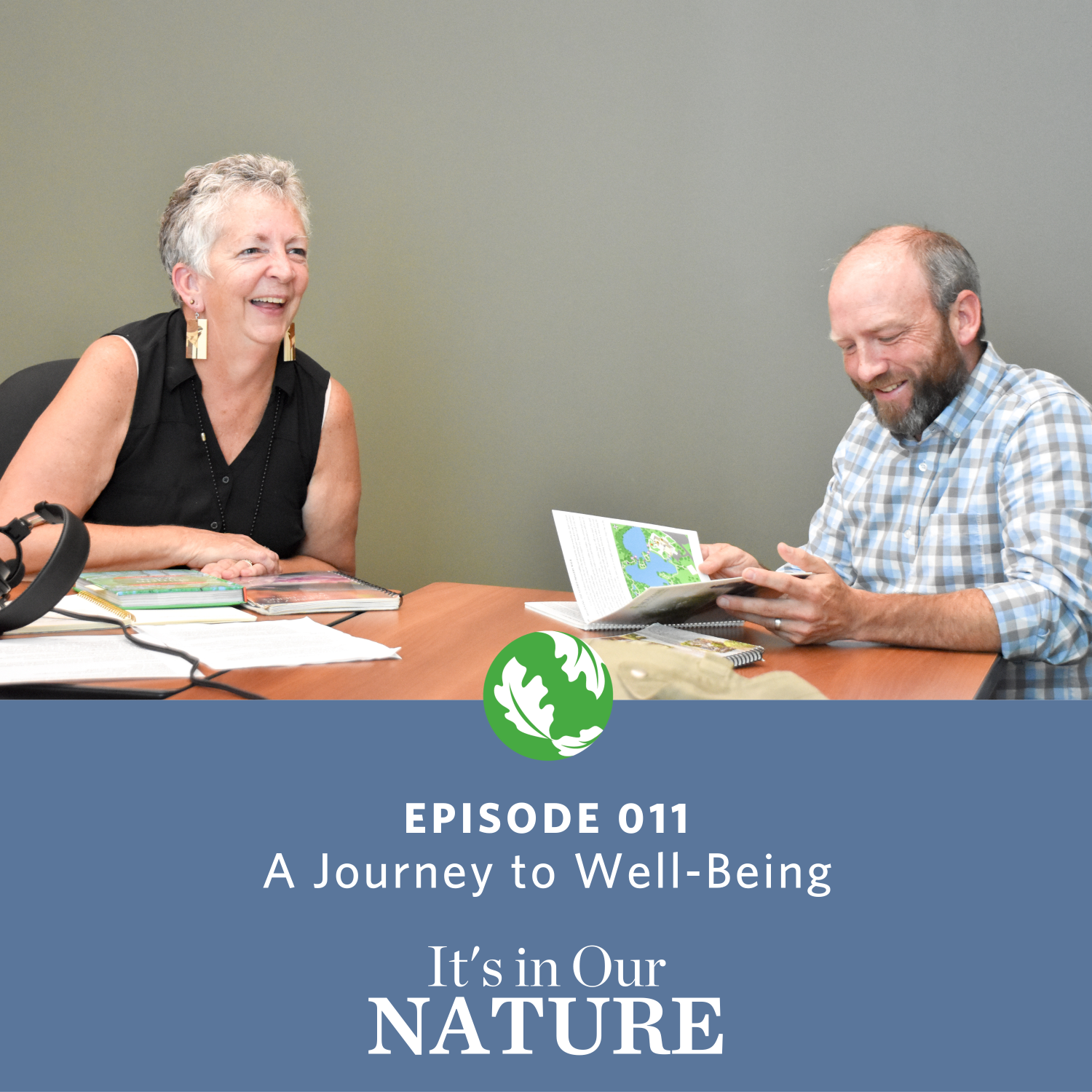
A Journey to Well-Being
We all know nature has a unique ability to improve our health, both mentally and physically. In this episode, we're talking with Jeanne Carbone, supervisor of therapeutic horticulture at the Missouri Botanical Garden. Start Streaming
-
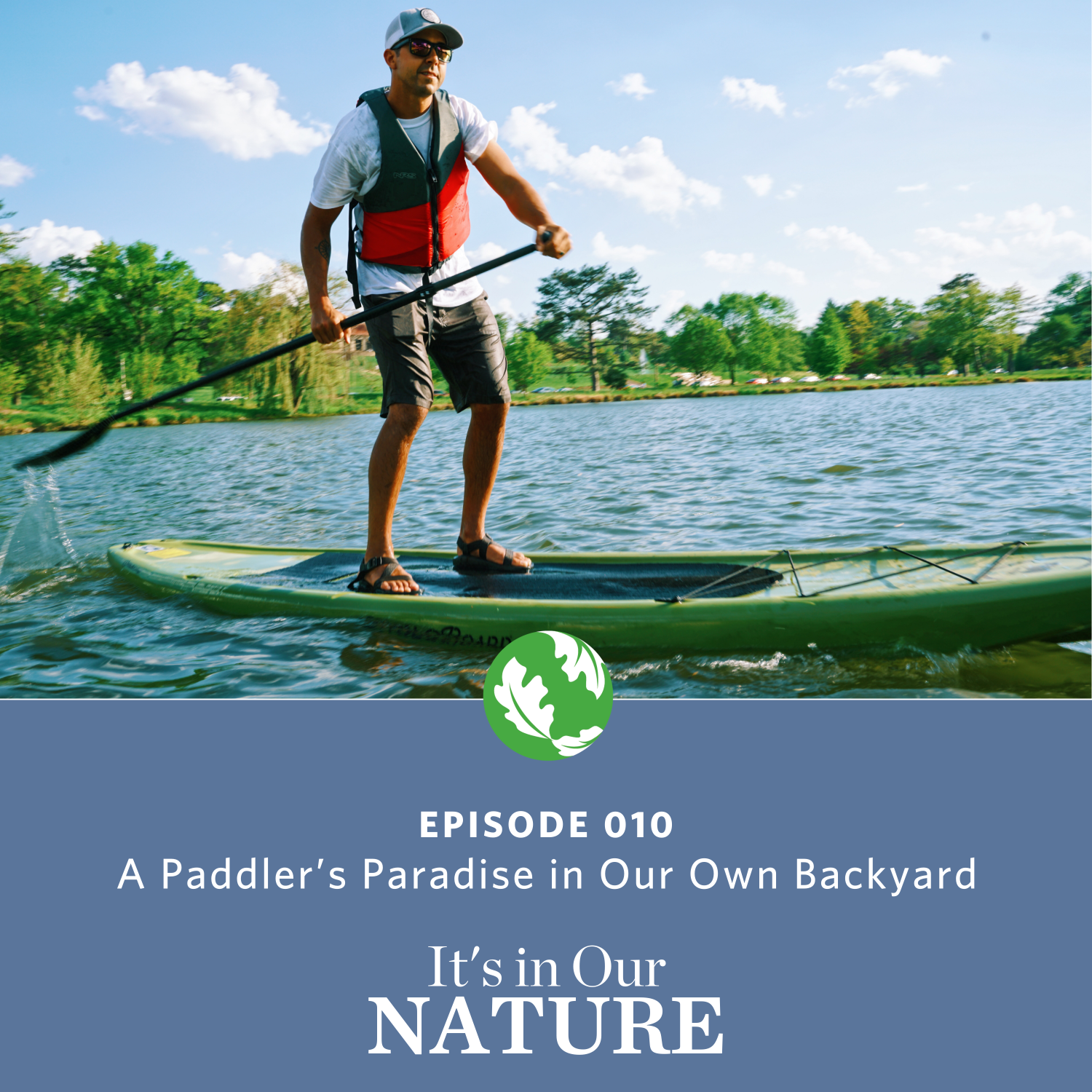
A Paddler's Paradise in Our Own Backyard
Roo Yawitz, owner of Big Muddy Adventures, talks Missouri rivers, paddling and....sandwiches. Hear the story of the canoe trip that opened Roo's eyes to the wonders of the Mississippi River and his thoughts on outdoor recreation in St. Louis. Start Streaming
-
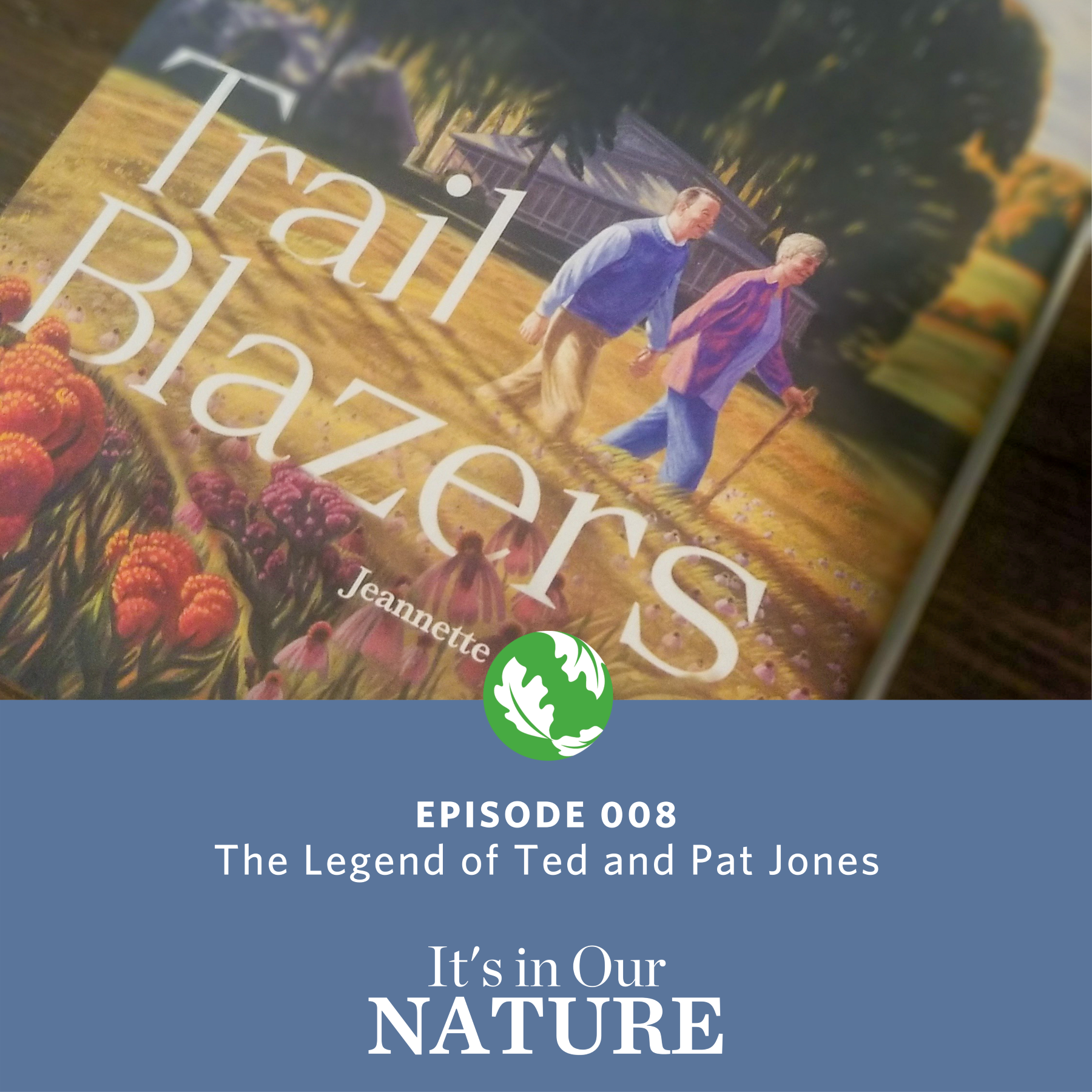
The Legend of Ted and Pat Jones
From his Missouri farm, Ted Jones built Edward Jones Investments into a business empire, but he and his wife Pat were also crusading conservationists whose legacy includes willing the country's longest recreational trail into existence. Start Streaming
-
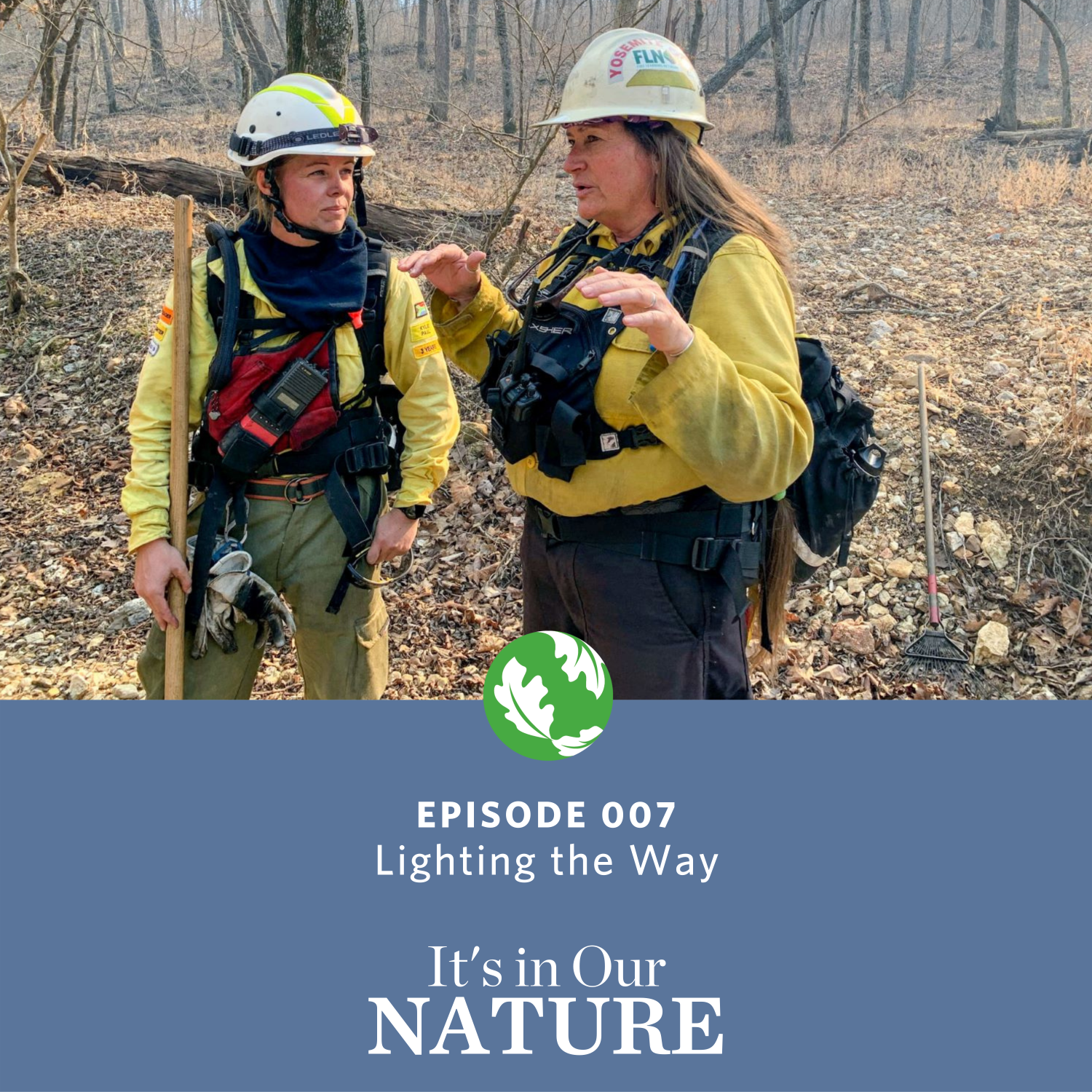
Lighting the Way
Two female trailblazers in the fire world crossed paths at a prescribed fire training in Missouri. We talk with Kelly Martin and Kylie Paul about their journeys in this typically male-dominated field and how they are lighting the way for others. Start Streaming
-
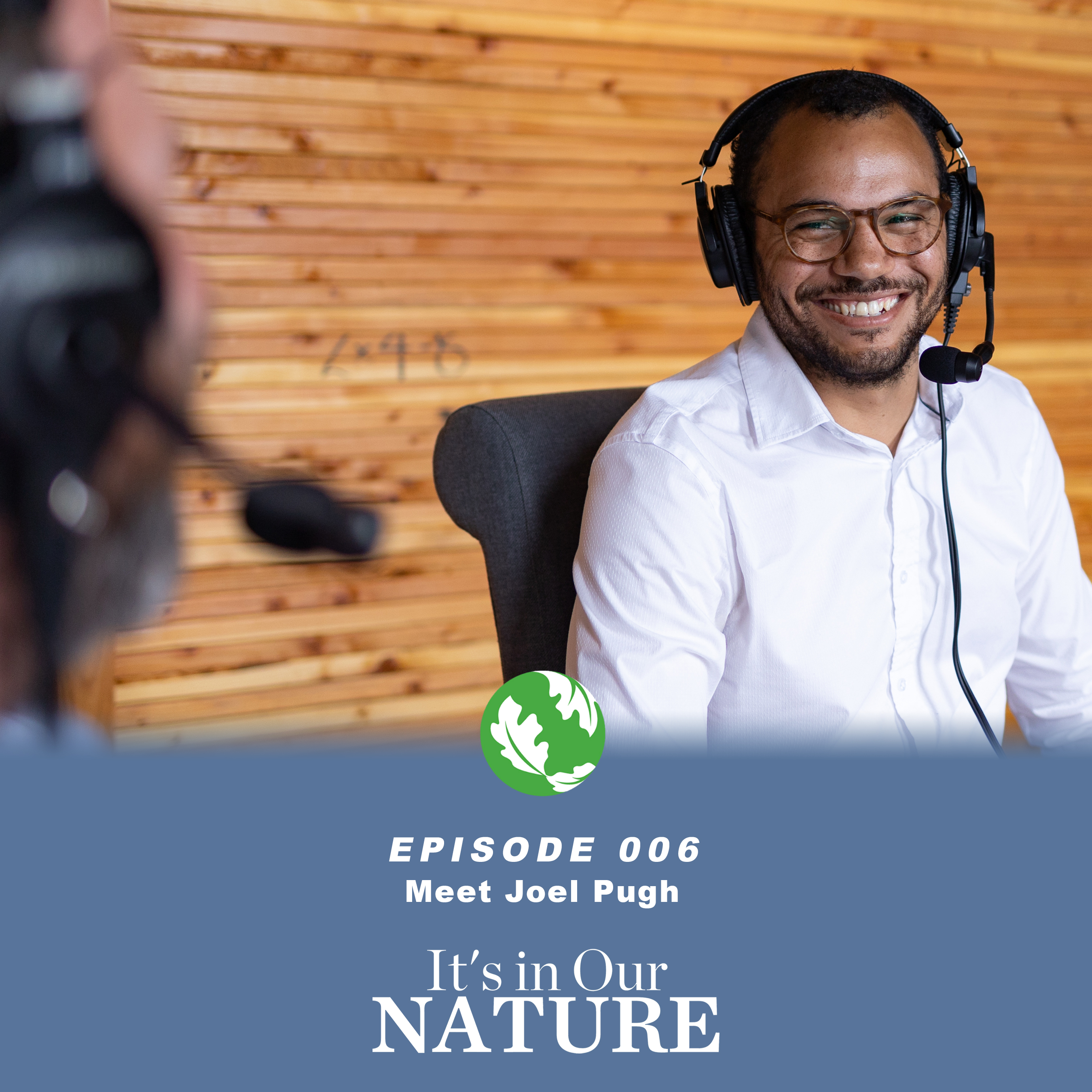
Meet Joel Pugh
Joel Pugh is a self-described continuous learner with an obsession for Wikipedia. In this episode, he sits down with Adam McLane to talk about growing up in rural Pennsylvania and what drew him to The Nature Conservancy. Start Streaming
-
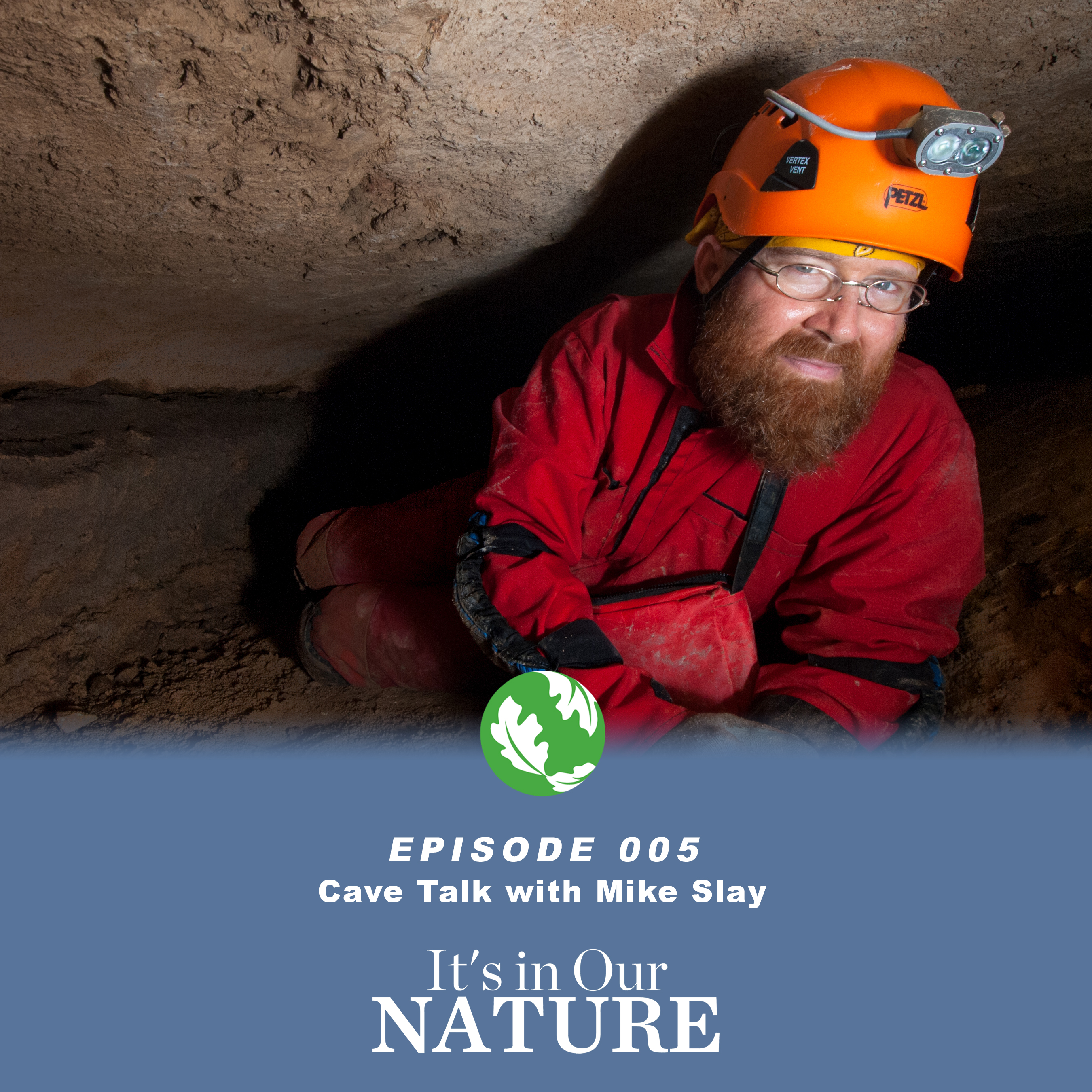
Cave Talk with Mike Slay
Caves are some of the last great places on the globe left to explore. That, coupled with the desire to ensure these rare places are protected for future generations, motivates Mike Slay to continue squeezing his way into amazing Ozark caves. Start Streaming
-
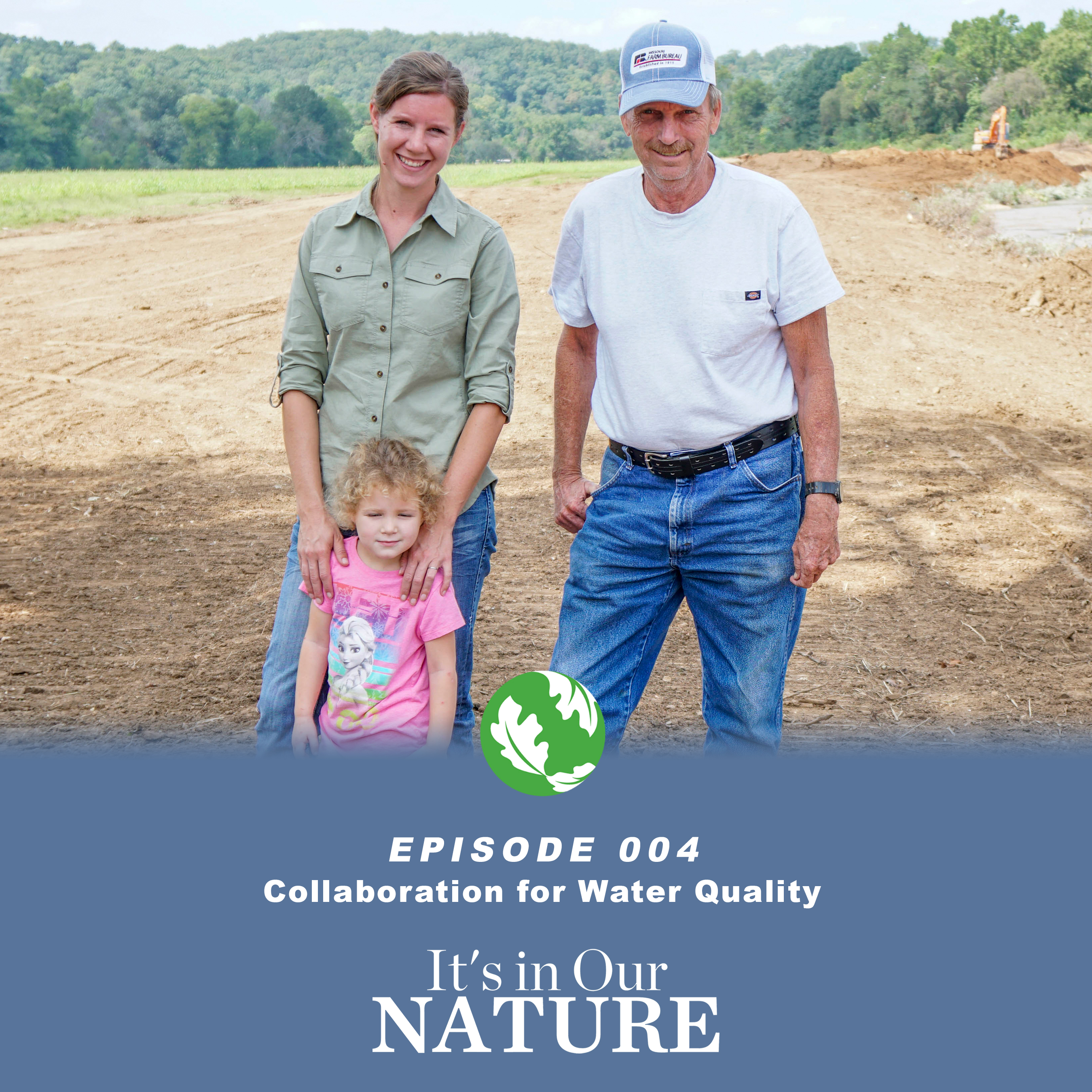
Collaboration for Water Quality
Missouri has some of the most beautiful rivers, streams and creeks running throughout the state. In this episode, you'll hear from partners and landowners about projects, practices and people who are dedicated to improving our water resources. Start Streaming
-
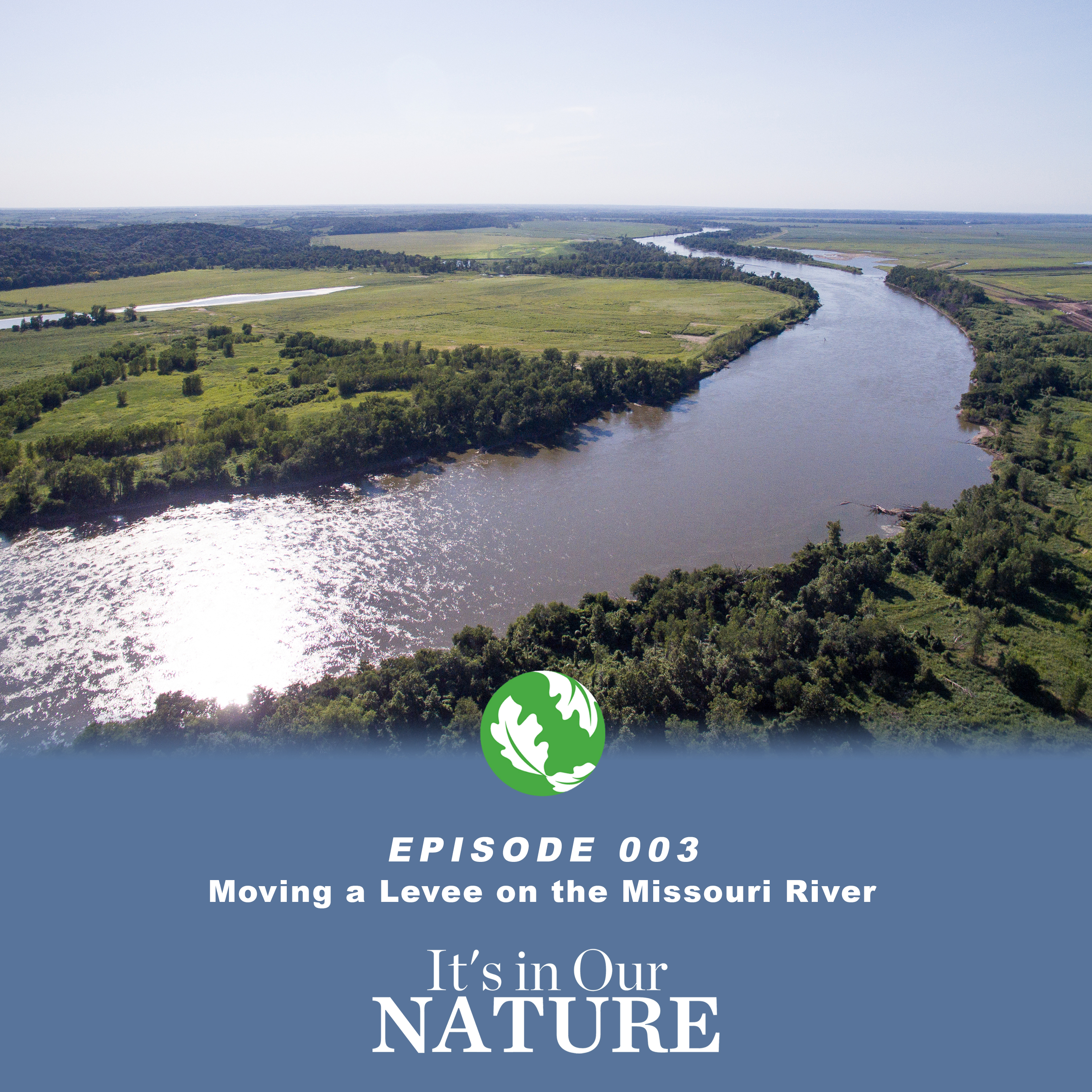
Moving a Levee on the Missouri River
The flood of 2019 devastated communities along the Missouri River, including the farming town of Rock Port, MO. In this episode, we talk with partners about the complex process of moving a levee and the people who came together to make it happen. Start Streaming
-
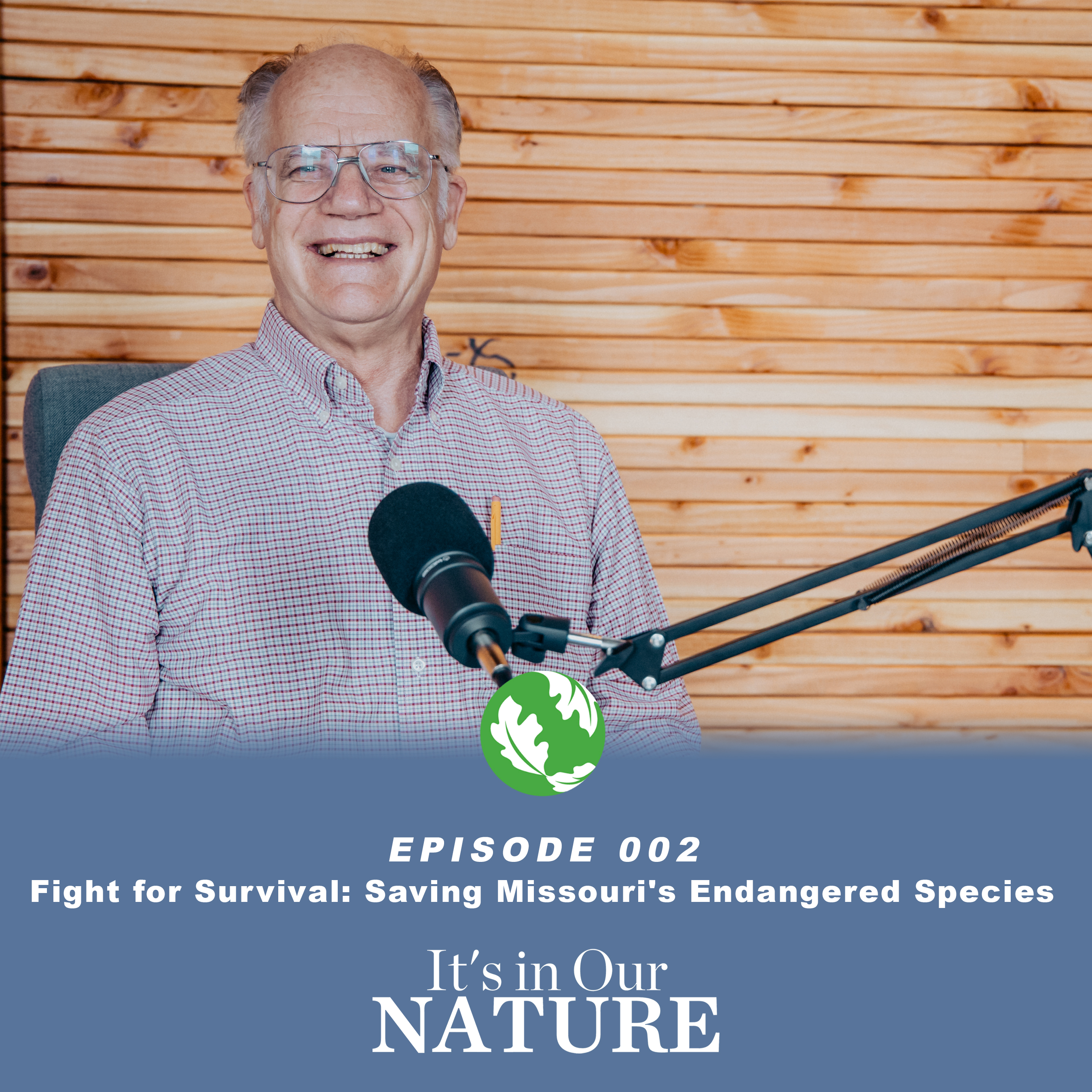
Fight for Survival: Saving Missouri's Endangered Species
The hellbender, American burying beetle, greater prairie-chicken and Topeka shiner are on the brink of extinction in Missouri. But what's being done to save them? Hear from TNC's former director of conservation, Doug Ladd about efforts underway. Start Streaming
-
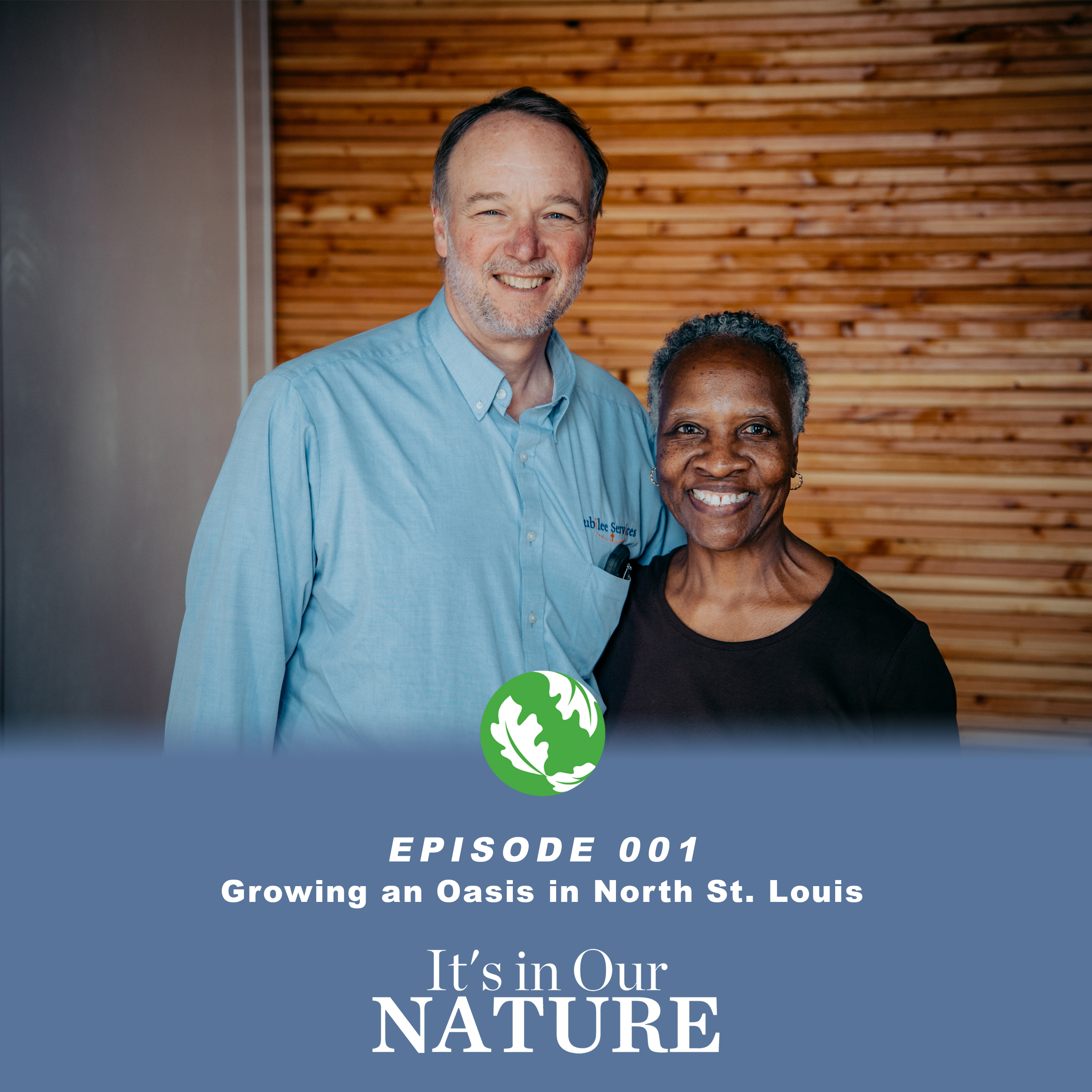
Growing an Oasis in North St. Louis
What was once a vacant lot in the heart of North St. Louis is now a flourishing urban farm, providing so much more than just fresh produce to the community. Hear the story of Project Oasis at Jubilee Community Church. Start Streaming
Want to Learn More About Our Work in Missouri?
Sign up to receive monthly conservation news and updates from Missouri. Get a preview of Missouri’s Nature News email.
